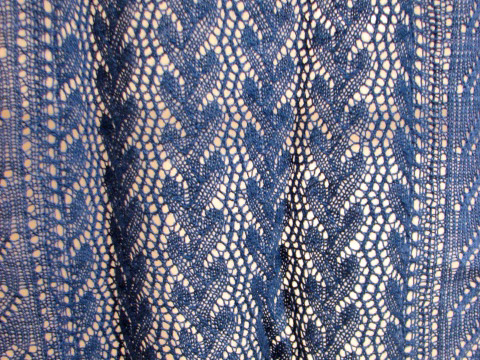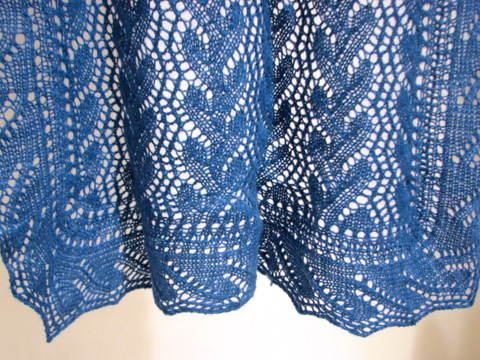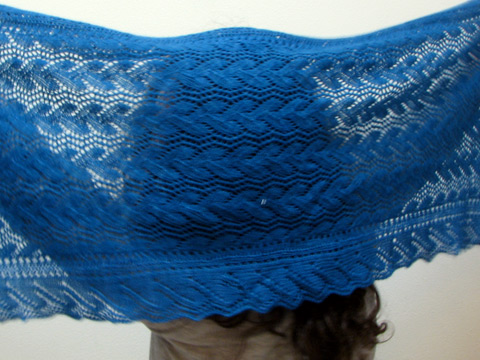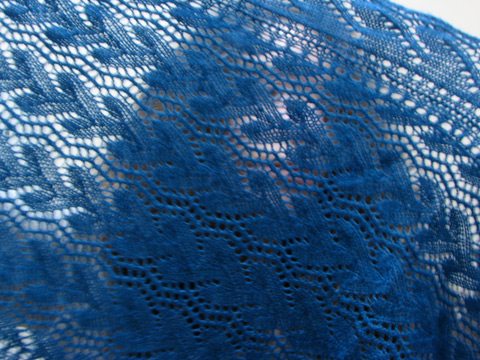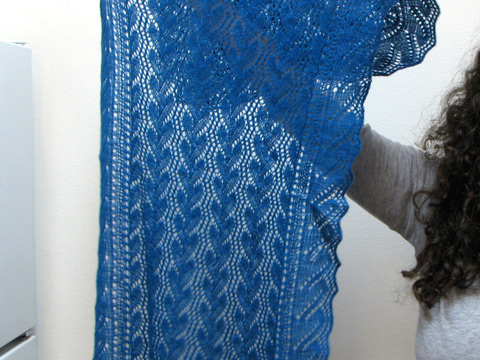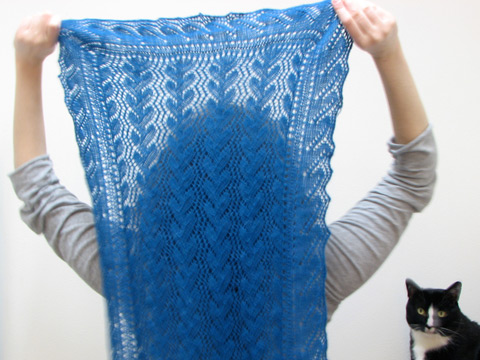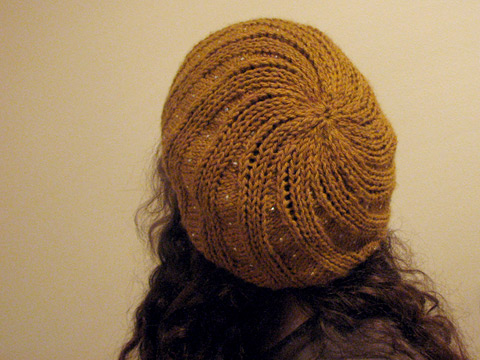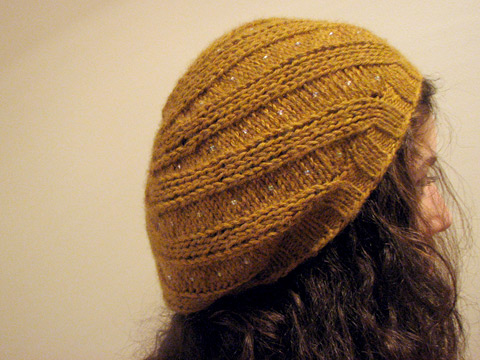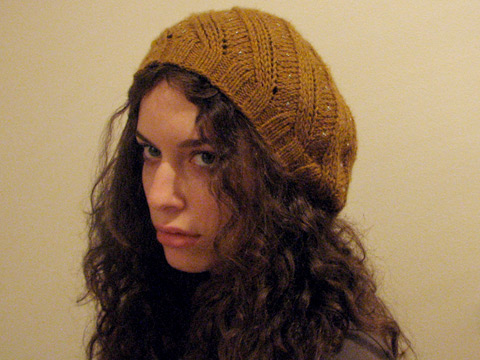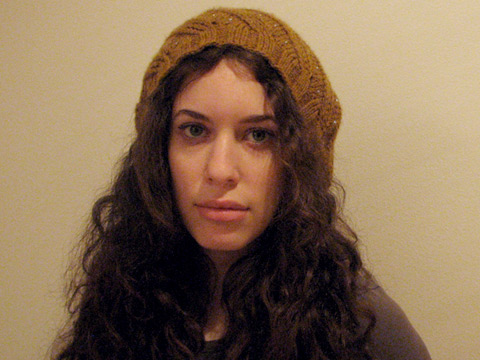Tote Bag
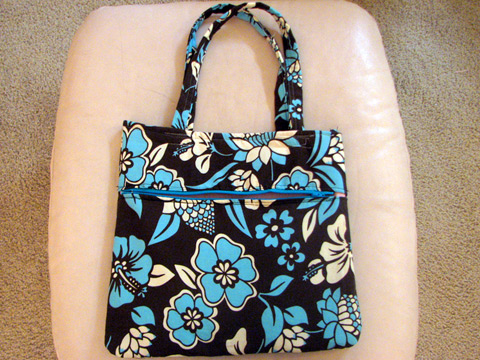
Hello how is everybody? I have a lot on my mind, that’s just like me. I made a handbag out of pajama pants and a bed sheet! It has a zippered pocket in the front and two storage areas inside the bag so I can separate my laptop from my lip gloss. I made it without a pattern. It looks decent but the details are all off. If there were a version of failblog for the detail-oriented, this would be on it.
The outer fabric was from a pair of pajama pants from Old Navy that I got in 2007 that were always too big in the waist and had too little coverage in the butt. Before I cut the pieces for the handbag I made sure to trace the individual pants pieces onto scrap fabric and now I have a pattern for pajama pants! I never have to buy pajama pants again!! The interior fabric is a pink top sheet. I never use top sheets so I have a lot of fabric to play with.
This project sat out in my living room incomplete for several months during which I abandonned a sweater in progress, started an herb garden, bought a second computer, lost eight pounds, learned to cook, and applied to graduate school. When I started this I meticulously ripped all the seams and then spent extra time matching up the print so that it would be continuous, and then I immediately forgot about how much time I spent doing that and sewed the thing all carelessly last night. If you look at the top piece above the zipper, and if you were to rotate it 180 degrees it would match up perfectly with the bottom piece. Yes, I sewed it upside down.
Another issue is that the zipper is too short for the bag so there are little open areas at the corners of the bag by the zipper. I was just happy at how serendipitous it was that the zipper was a perfect shade of turquoise because I bought the zipper years ago with no intentions that I didn’t care that it was too short. Functionally, it’s not a detriment to the bag and furthermore, if you were to scrutinize commercially made items you would find the same shortcomings.
The bag is 15” wide at the bottom x 13” tall (since the shape is roughly trapezoidal, the width is 14” at the top). I also used some mid to heavy weight interfacing in between each layer of flimsy pajama fabric and interior sheet fabric. I wish I could provide more instruction but my biggest secret is that I really don’t know how to sew. I just put fabric through a machine and articles come out. I’m detail oriented, but not a perfectionist. If I were a perfectionist, I would have made a pattern first of all. All I’m going to say is that making something like this is easy, just pin some fabric together like I did, throw it through a sewing machine, and you will get a bag.
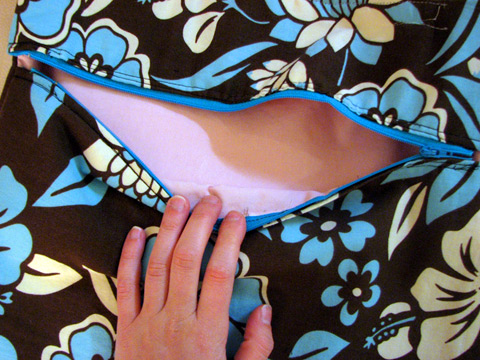
Beyond the zippered pocket, the lining is pink!

A divider sewn into the bag separates two storage areas.
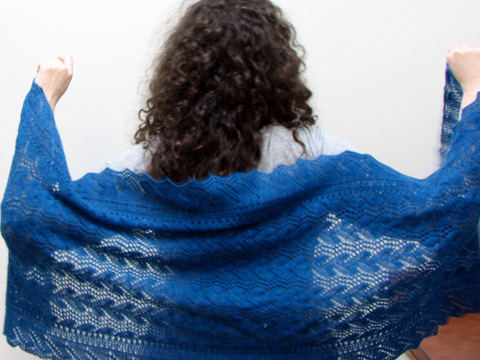
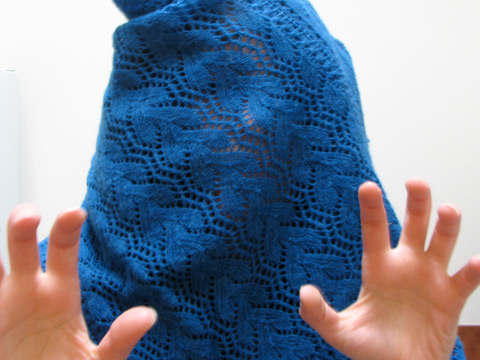 Cerulean.
Cerulean.